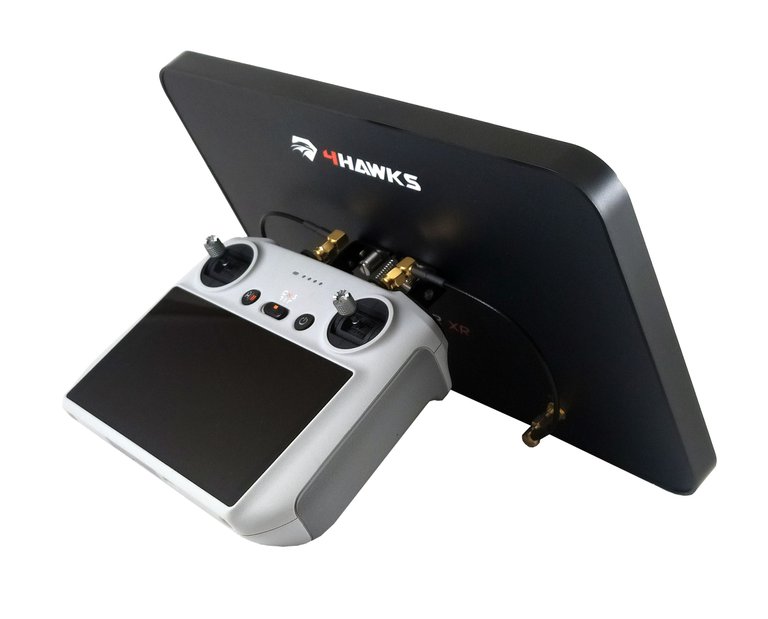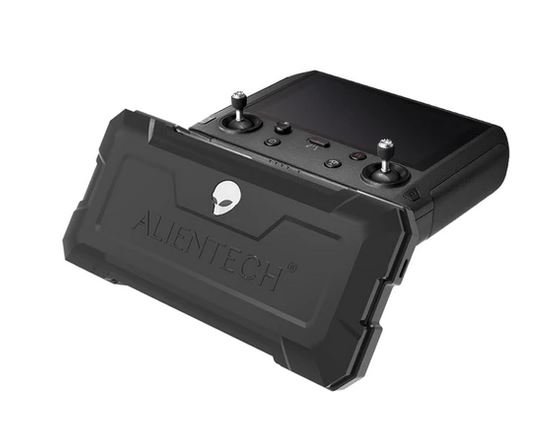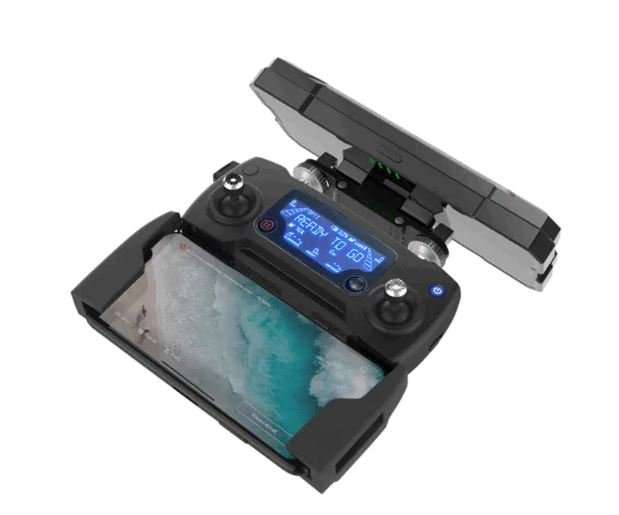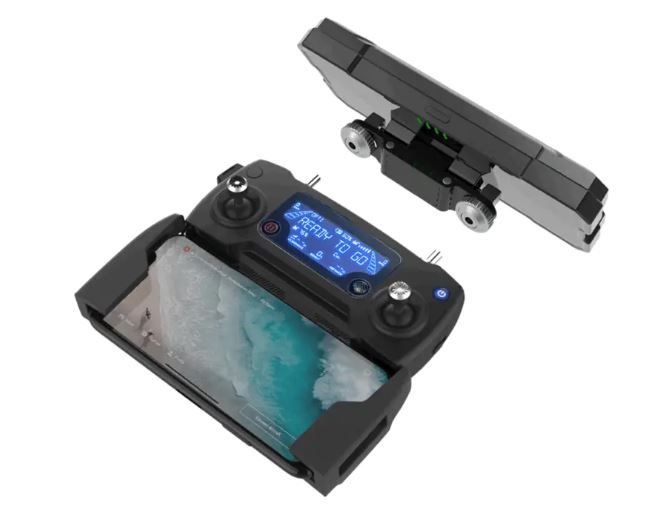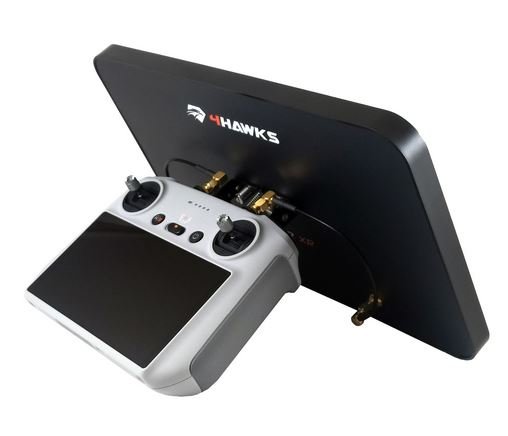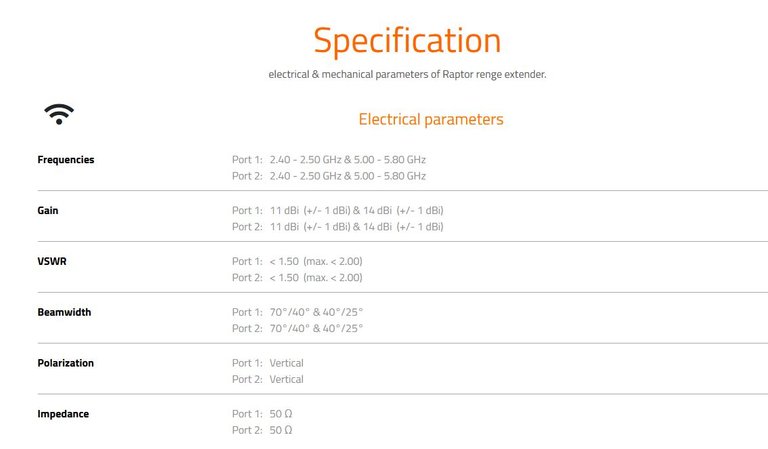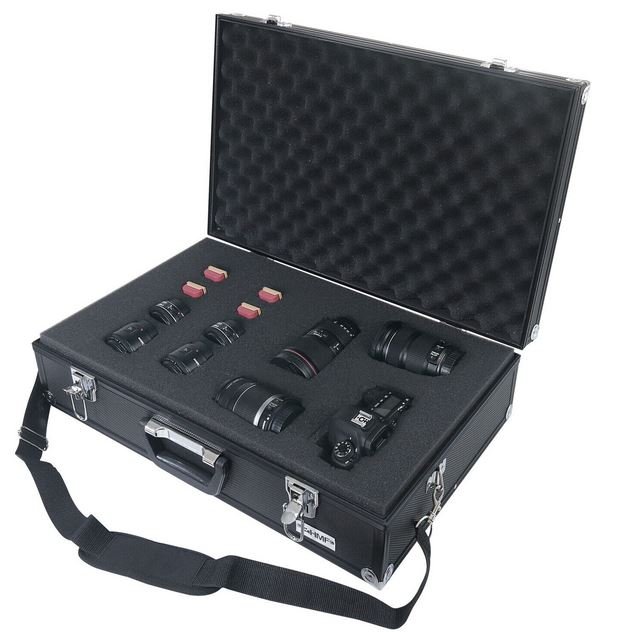I’m a rc quadrocopter enthusiast and one issue I’m confronted with on a regular basis is limited range!
I got in to this hobby a few year’s ago, mostly because of the great opportunities in aerial imaging.
Being able to take fotos from an birds eye perspective is fascinating to me!
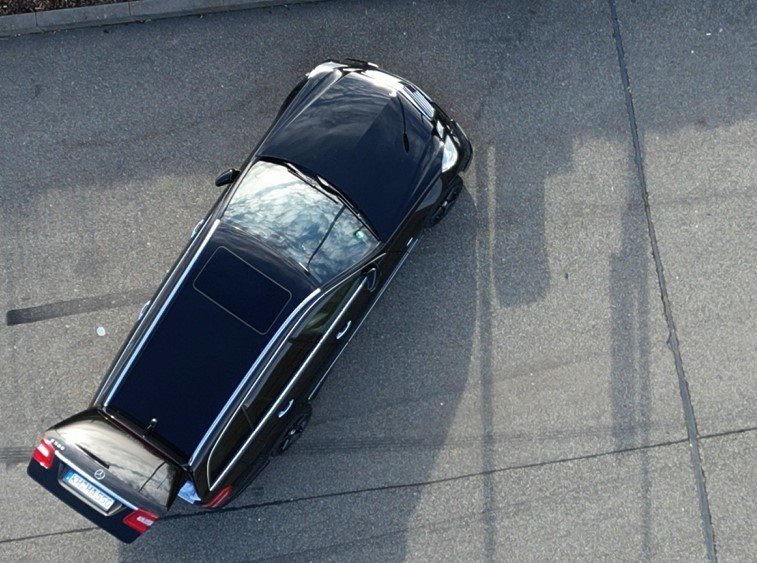
[IMG SRC](Own Image taken with DJI Mini 3 Pro drone)
Especially when looking at known objects and places the elevated position makes for sometimes surreal images.
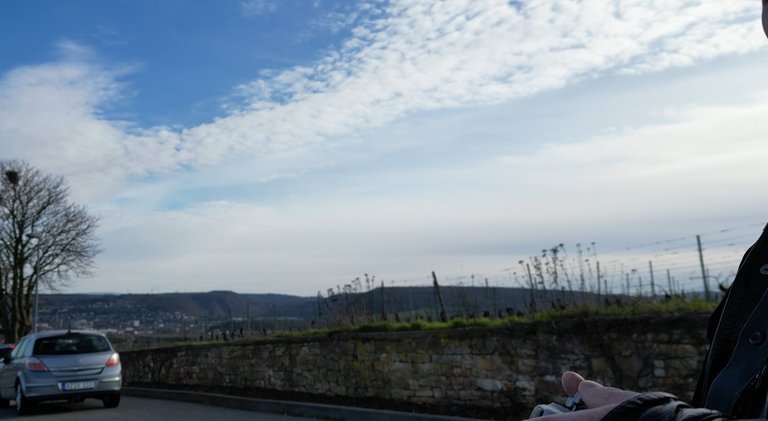
[IMG SRC](Own Image taken with DJI Mini 3 Pro drone)
One challenge in this is the mostly very fragile wifi connection to the drones, for managing the drones flight with the remote controller as well as the imaging life feed to the controller or connected smart phones.
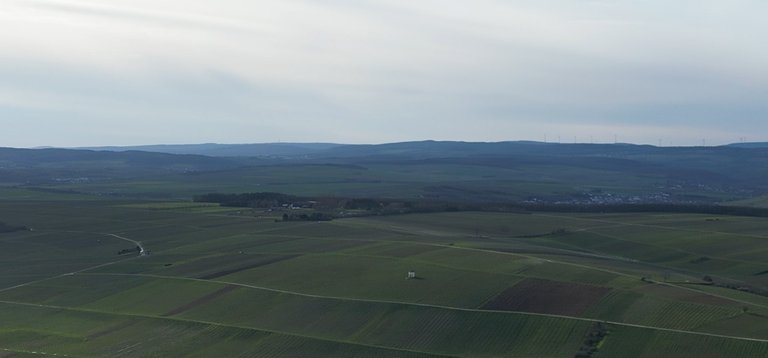
[IMG SRC](Own Image taken with DJI Mini 3 Pro drone)
Regulators here in Europe/Germany have established very strict rules, regarding the transmission power of the wifi connections between drone and remote controller. Modern drone manufacturer's use GPS to automatically modulate the transmission power in regards to where you are operating the system.

[IMG SRC](Own Image taken with DJI Mini 3 Pro drone)
The same drone can for instance cover much larger ranges in the USA - because there are not such harsh restrictions in place as in Europe - and in Germany has to cope with reduced transmission power.
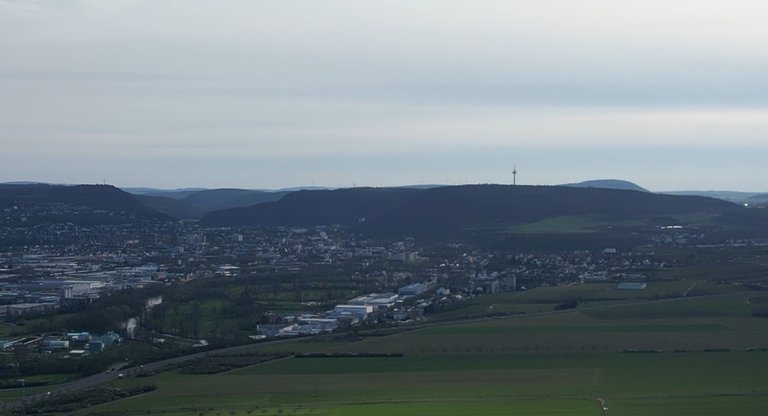
[IMG SRC](Own Image taken with DJI Mini 3 Pro drone)
In settings with little interference, outside of populated areas, it's usually just fine and covers the legal distance between operator and drone easily.
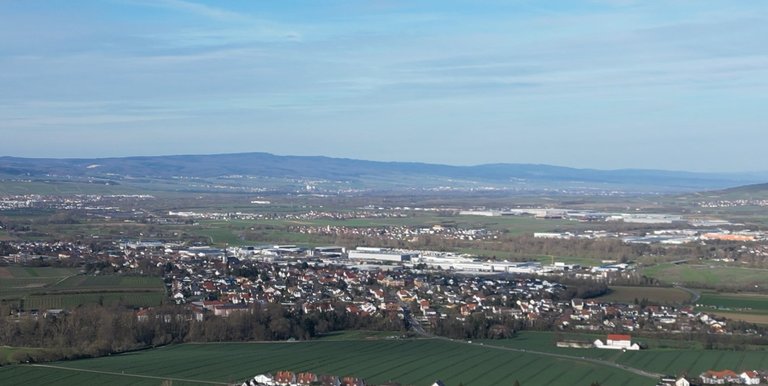
[IMG SRC](Own Image taken with DJI Mini 3 Pro drone)
Part of the UAS laws (unmanned aerial vehicle), are things like classification of uas’s, were, when and how high you’re allowed to fly and mandatory visual line of sight, as well as seen by the operator himself or by a spotter in case of fpv (first person view, by use of video goggles).
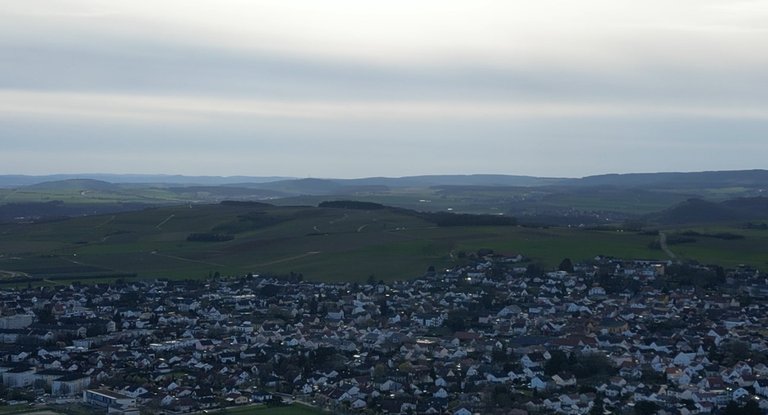
[IMG SRC](Own Image taken with DJI Mini 3 Pro drone)
Here come after market antenna's/signal booster's into play. Passive Wifi Antenna's can hugely improve the range and signal quality of UAV system's.
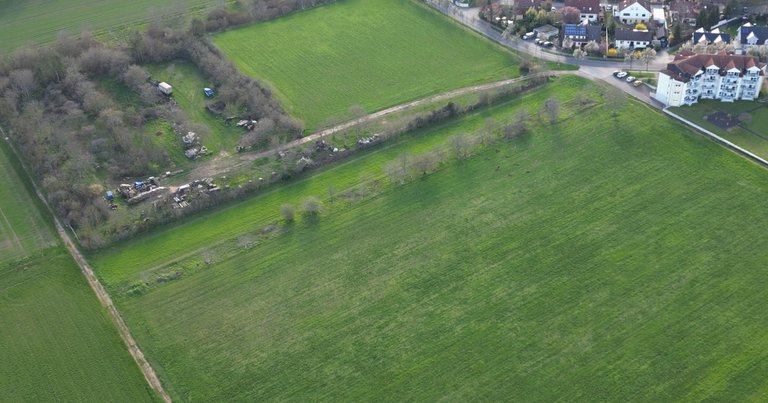
[IMG SRC](Own Image taken with DJI Mini 3 Pro drone)
My intention is not to break the law by flying the drone beyong the visual line of sight, but to improve the signal quality so I can use the legal range of my drone without video transmission dropouts or loss of control in this range.
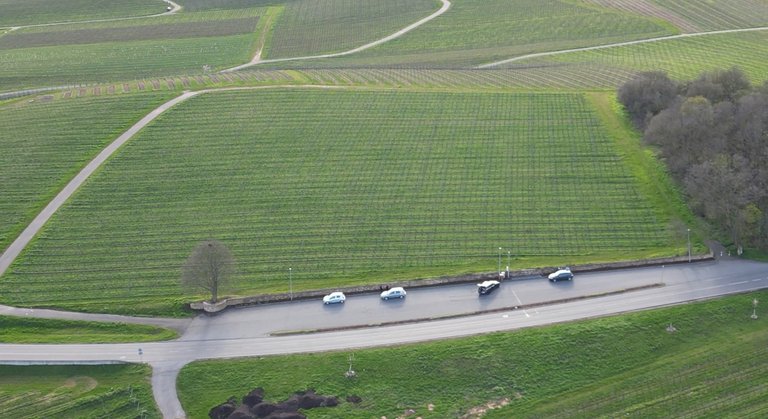
[IMG SRC](Own Image taken with DJI Mini 3 Pro drone)
Quality UAV systems are equipped with "return to home" functionality that kicks in, as soon as critical distances to fly the drone back to were it started from when power level's get too low or when the transmission between drone and remote controller are lost. The UAV system "knows" were you started at and will manover the drone back to the starting point via GPS.

[IMG SRC](Own Image taken with DJI Mini 3 Pro drone)
There still are risks that go togehter with this functionality, even with UAV systems that have integrated object avoidance/collision prevention systems, that could prove damaging to the drone or other objects and people for instance in it's flight path. You could have started the UAV in a area were the flight hight is limited under trees or bridges for instance. Most "return to home" systems just navigate back to the point you started and do not recognize a valid flight corridor including return hight at certain waypoint or at the starting point.
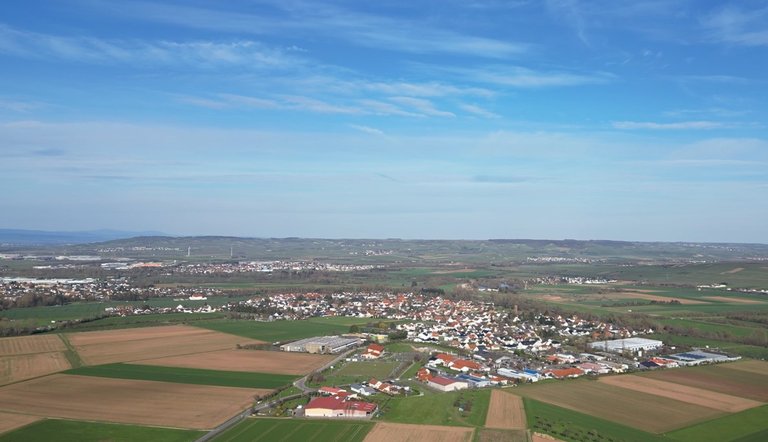
[IMG SRC](Own Image taken with DJI Mini 3 Pro drone)
Therefore, these autonomous return functions are great to have, they prevent so called "fly away" incidents completely, but you still want to keep in control of the UAV system at all times!
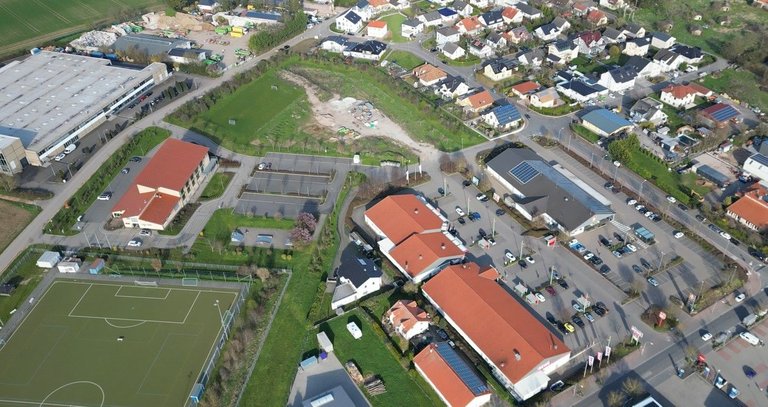
[IMG SRC](Own Image taken with DJI Mini 3 Pro drone)
I have installed a comparable WiFi booster antenna on one of my other, less expensive UAV system (Parrot Anafi) and it's been a great success so far! Even in dense populated areas with a lot of WiFi interference I never had any transmission/operating issues after installing this upgrade.
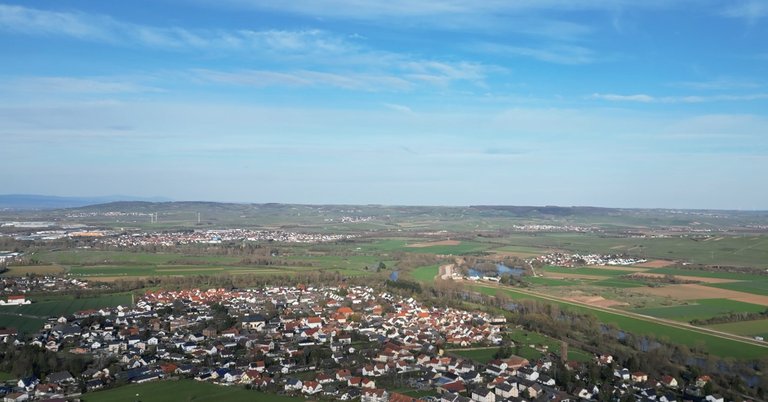
[IMG SRC](Own Image taken with DJI Mini 3 Pro drone)
So, the next quadrocopter in line for this upgrade is my DJI mini 3 pro. Nice little system in the under 249 g class, so it can be flown legally in many places that are limited to this class.
In before flown "missions" with this one, I had indeed some issues with video signal transmission break ups, once even relatively near to my operating spot (2 km).
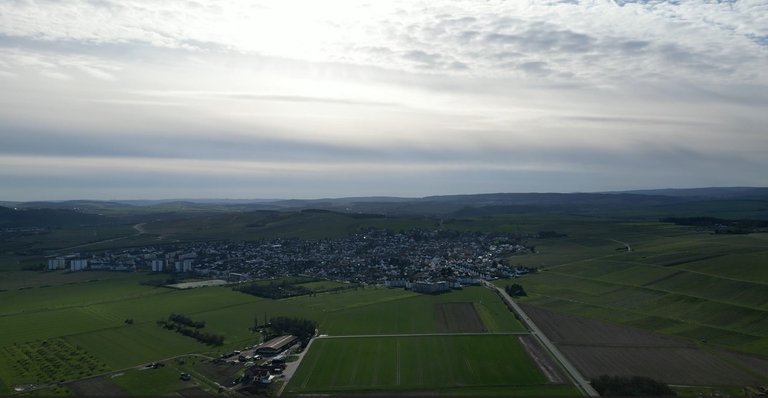
[IMG SRC](Own Image taken with DJI Mini 3 Pro drone)
The booster I've chosen is a 4hawks Raptor XR which boost 2.4 and 5.8 Ghz WiFi signals.
[IMG SRC](Own Image / Screenshot Order Raptor XR Booster on 4Hawks Website)
The competition would be "Alientech" Wifi boosters that are much more expensive though, add sufficient value (some with active boosting, easier detachable from the rc) and better Wifi performance (the active boosted ones), but beyond what I need.
[IMG SRC](Own Image / Screenshot Alientech.cn Website)
[IMG SRC](Own Image / Screenshot Alientech.cn Website)
[IMG SRC](Own Image / Screenshot Alientech.cn Website)
I'm considering equipping my DJI Mavic 2 Zoom drone with the active booster tech from Alientech.
[IMG SRC]((Own Image / Screenshot 4Hawks Website))
[IMG SRC]("Own Image / Screenshot 4Hawks Website")
The big 4hawks boosters really add to the size of the rc and that has to be considered regarding the drone system transportation options. But even if you spend a little extra on a cube-foam filled hardcase, which I did, this will only set you back about 40 $.
Together with the 4hawks antenna, which came at a total of 232 $ including shipping from Poland, I still saved about 350 $ on equivalent Alientech hardware.
The installation effort is about the same for both solutions.
The only plusses for the equivalent Alientech antenna in their quick connect/disconnect mechanism, with which you can easily snap on/off the external antenna body and the active boost feature.
For mounting/unmounting of the 4Hawks antenna you have to tighten/untigthen screws, so I guess many 4 Hawks equipment users probably carry the rc without unmounting the external antenna.
The rc has to be opened, two holes for the fixation of the external antenna and the antenna pigtail cables have to be drilled and you have to do the installation careful, to not bust the rc.
But there are no special fine motor skills needed! Even with my rather thick fingers, I could manage the installation just fine.
I'll do another post with some more details on the achieved range gain compared to the standard setup as soon as the weather allows for some drone missions!
Update while writing this posts:
I flew the drone in the original setup the other day for some range testing. I started at a elevated point just outside of Bad Kreuznach and flew the drone toward Bretzenheim, a small village on the outskirts of the Bad Kreuznach area.
At a distance of about 3.7 km I had video transmission breakups, so I turned the drone around before the automatic rth (return to home) kicked in.
Tbqh, I had problems keeping the drone in sight at around 2.5 kmh, on a bright sunny day. I used a spotter scope to verify where her position was a few times. Definetely borderline in relation to the legal requirement to keep up a visual line of sight to the drone.
I'll retest the same route with the installed 4Hawks external WiFi antenna in a few days.
Are you also into drone/rc tech? Let me know in the comments!
Have a great time and stay safe and healthy!
Cheers
Lucky
